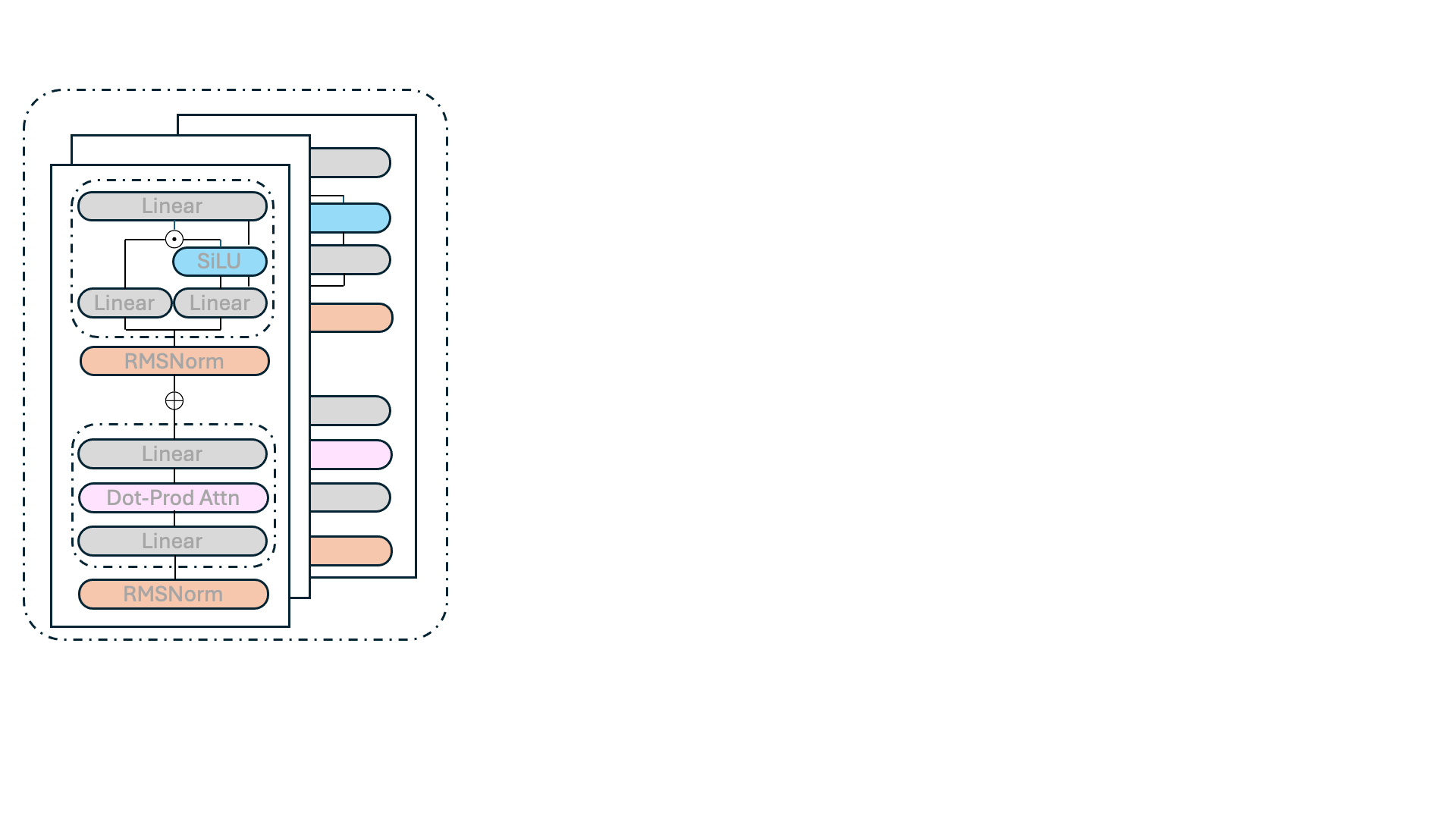Customer-obsessed science


Research areas
-
August 8, 2025A new philosophy for developing LLM architectures reduces energy requirements, speeds up runtime, and preserves pretrained-model performance.
Featured news
-
ACL Findings 20242024Visual Question Answering (VQA) often involves diverse reasoning scenarios across Vision and Language (V&L). Most prior VQA studies, however, have merely focused on assessing the model’s overall accuracy without evaluating it on different reasoning cases. Furthermore, some recent works observe that conventional Chain-of-Thought (CoT) prompting fails to generate effective reasoning for VQA, especially for
-
2024Machine translation is used in e-commerce to translate second-language queries into the primary language of the store, to be matched by the search system against the product catalog. However, many queries contain spelling mistakes. We first present an analysis of the spelling-robustness of a population of MT systems, quantifying how spelling variations affect MT output, the list of returned products, and
-
IEEE RO-MAN 20242024Mobile robots are being introduced to industrial workplaces in roles that require copresence with humans. To develop effective robots that do not negatively impact humans, including their subjective experience and ability to get their work done, we must understand humans’ needs for working near these robots. In this paper, we examine what human workers need from copresent robots’ motion during work at a
-
The issue of popularity bias—where popular items are disproportionately recommended, overshadowing less popular but potentially relevant items—remains a significant challenge in recommender systems. Recent advancements have seen the integration of general-purpose Large Language Models (LLMs) into the architecture of such systems. This integration raises concerns that it might exacerbate popularity bias,
-
2024Comparing two samples of data, we observe a change in the distribution of an outcome variable. In the presence of multiple explanatory variables, how much of the change can be explained by each possible cause? We develop a new estimation strategy that, given a causal model, combines regression and re-weighting methods to quantify the contribution of each causal mechanism. Our proposed methodology is multiply
Academia
View allWhether you're a faculty member or student, there are number of ways you can engage with Amazon.
View all





























